CARING WITH FAMILY
|
| The amount of affection a breed is likely to show towards family members or individuals they know well can vary. Some breeds might exhibit aloofness towards everyone but their owner, whereas others treat all familiar faces as their dearest friends. |
LOVE WITH CHILDREN
Unwise
Good With Children
|
| Examining a breed's capacity for tolerance and patience when it comes to children's behavior and their overall family-friendly nature is crucial. It is important to note that dogs should always be supervised when around young children or children of any age who have limited exposure to dogs. |
BEHAVIOR WITH DOGS
Unwise
Good With Other Dogs
|
| The level of general friendliness a breed exhibits towards other dogs holds significant importance. While it is necessary to supervise dogs during interactions and introductions with other dogs, certain breeds are inherently more inclined to get along with their furry counterparts both at home and in public. |
SHEDDING LEVELS & MANAGEMENT
No Shedding
Hair Everywhere
|
| Determining the amount of fur and hair a particular breed is prone to shedding is important. Breeds that shed heavily will require more frequent brushing have a higher likelihood of triggering certain types of allergies and may necessitate more regular vacuuming and lint-rolling to maintain cleanliness. |
COAT GROOMING STANDARDS
|
| Taking into account the grooming needs of a breed, it is vital to consider the frequency of bathing, brushing, trimming and other forms of coat maintenance required. It is essential to evaluate the amount of time, patience and budget you can allocate for such care. Additionally, it is important to note that all breeds necessitate regular nail trimming. |
DROOLING INTENSITY
Less Likely to Drool
Always Have a Towel
|
| Considering the tendency of a breed to drool is significant. If you have a preference for cleanliness, breeds that have a propensity for leaving ropes of slobber on your arm or creating large wet spots on your clothes may not be the ideal choice for you. |
COAT STYLES GUIDE |
| Smooth |
| COAT SPECTRUM |
| Long |
FRIENDLINESS
Reserved
Everyone Is My Best Friend
|
| Assessing the breed's inclination to be welcoming towards strangers is important. Certain breeds tend to be reserved or cautious around all strangers, regardless of the setting, while other breeds are inherently more open and enthusiastic about meeting new humans whenever the opportunity arises. |
LIVELINESS
Only When You Want To Play
Non-Stop
|
| Understanding a breed's enthusiasm for play, even beyond the puppyhood stage, is essential. Certain breeds will maintain a desire to engage in activities like tug-of-war or fetch well into their adult years, while others will be content with relaxing on the couch with you most of the time. |
VIGILANCE INTENSITY
What's Mine Is Yours
Vigilant
|
| Examining a breed's inclination to alert you about the presence of strangers is significant. These breeds are more likely to react to any potential threat, such as the mailman or a squirrel outside the window. Additionally, these breeds tend to be receptive to strangers who enter the house and are accepted by their family. |
ADAPTATION CAPACITY
Lives For Routine
Highly Adaptable
|
| Considering a breed's adaptability to change is crucial. This encompasses their ability to handle variations in living conditions, noise levels, weather conditions, daily schedules and other day-to-day life adjustments. It is important to assess how easily a breed can adapt to these changes. |
OBEDIENCE LEVEL
Self-Willed
Eager to Please
|
| Assessing the ease of training your dog and their willingness to learn new things is significant. Certain breeds are inherently eager to please their owners and are more receptive to training, while others have a preference for independence and may be less inclined to follow instructions. It is important to consider the individual traits of each breed when it comes to training and their desire to learn new things. |
STAMINA LEVEL
|
| Understanding the amount of exercise and mental stimulation a breed requires is essential. High energy breeds are always ready for the next adventure, engaging in activities such as running, jumping and playing throughout the day. On the other hand, low energy breeds tend to be more relaxed and content with lounging around and snoozing. It's crucial to match a breed's exercise and mental stimulation needs with your own lifestyle and availability. |
VOCALIZATION
|
| Infrequent |
LEARNING CURIOSITY LEVEL
Happy to Lounge
Needs a Job or Activity
|
| Considering the mental stimulation needs of a breed is vital for their overall happiness and health. Purpose-bred dogs in particular, may have specific jobs or tasks that require decision-making, problem-solving, concentration and other mental qualities. Without sufficient mental exercise, they may resort to creating their own activities, which might not align with your preferences. Providing appropriate mental stimulation for a breed’s specific needs is important to ensure their well-being. |
| COLORS |
|
Description
|
Registration Code
|
|
Red
|
140
|
|
White
|
199
|
|
| PATTERNS | . |



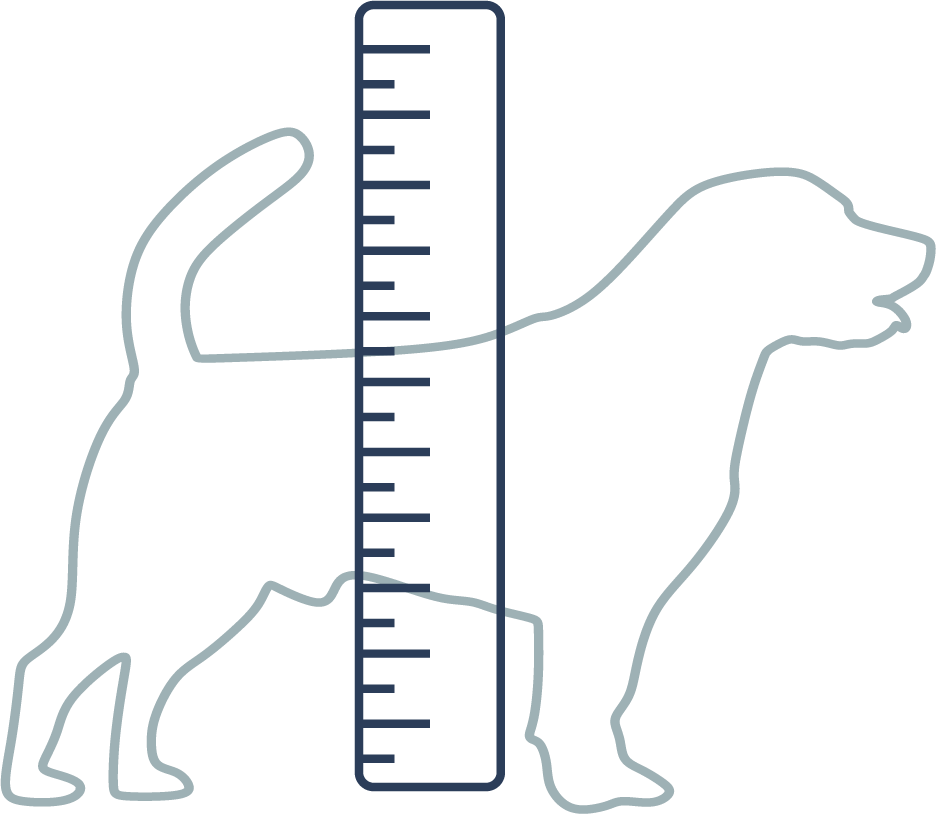


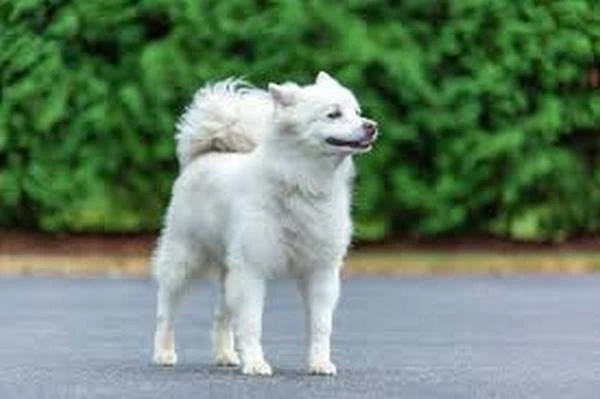
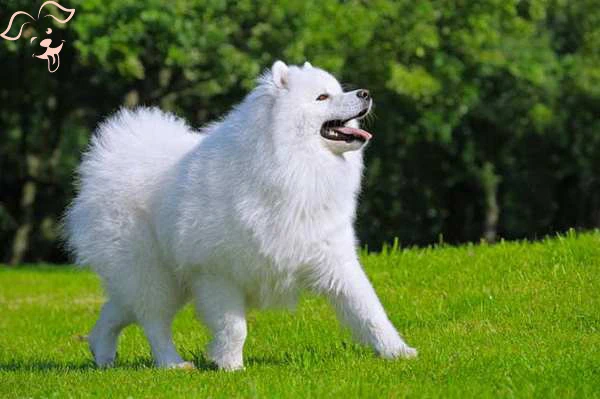
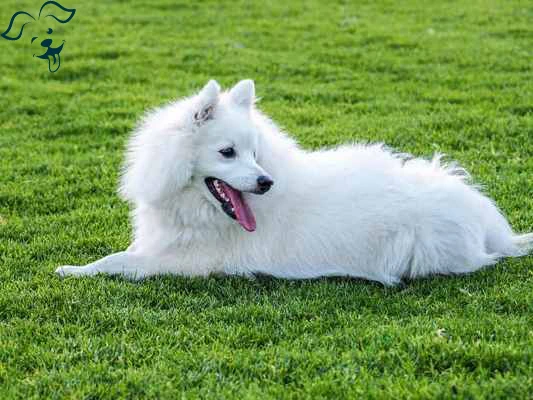
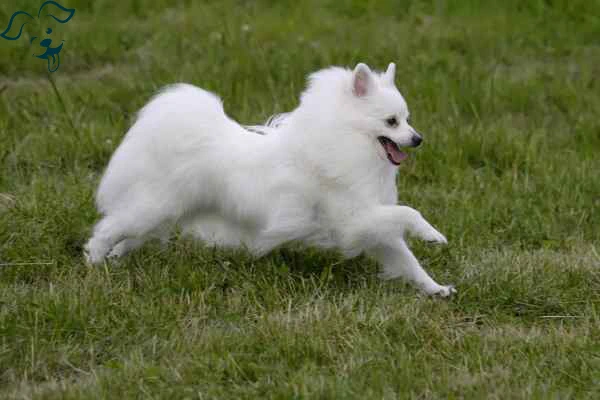






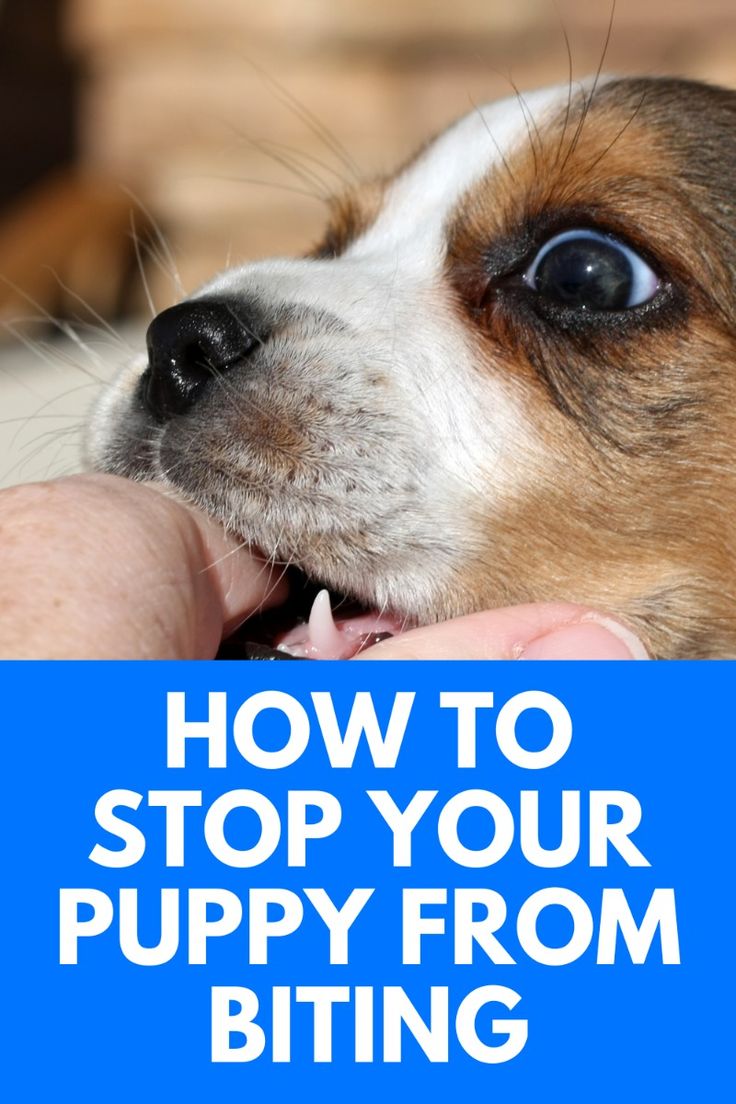


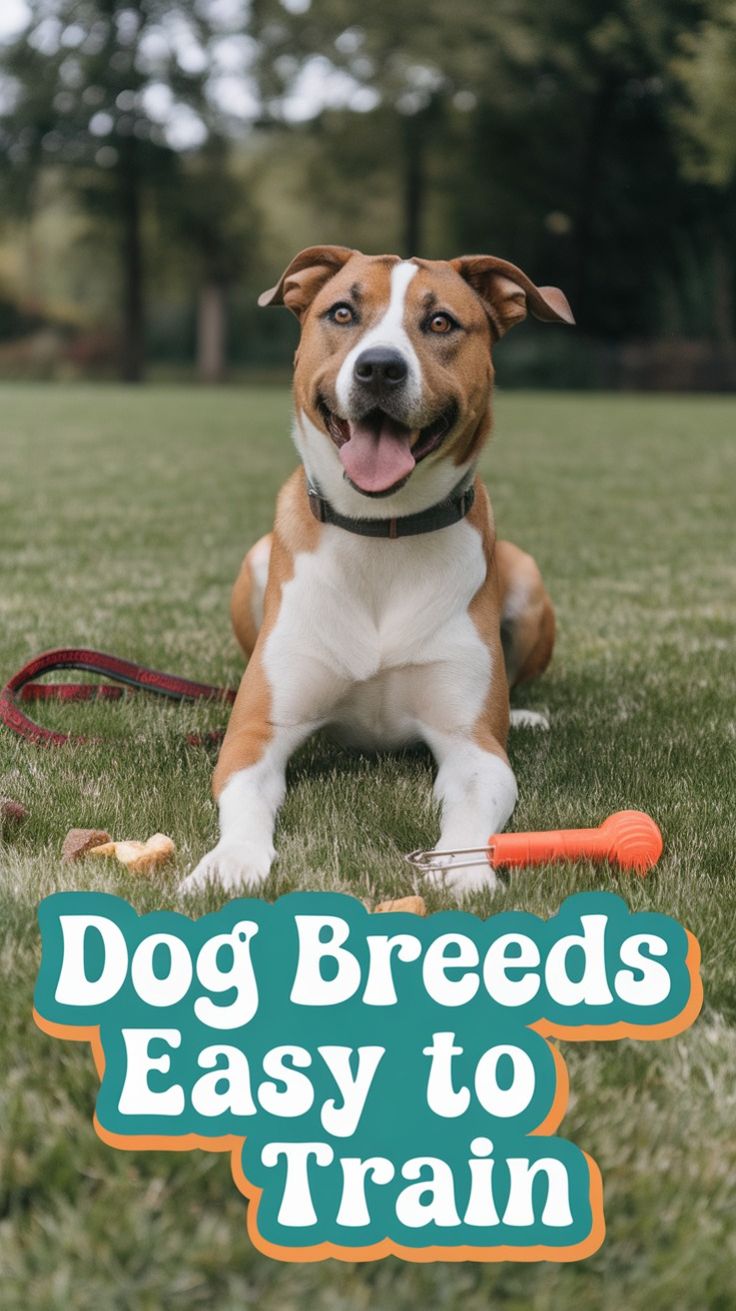
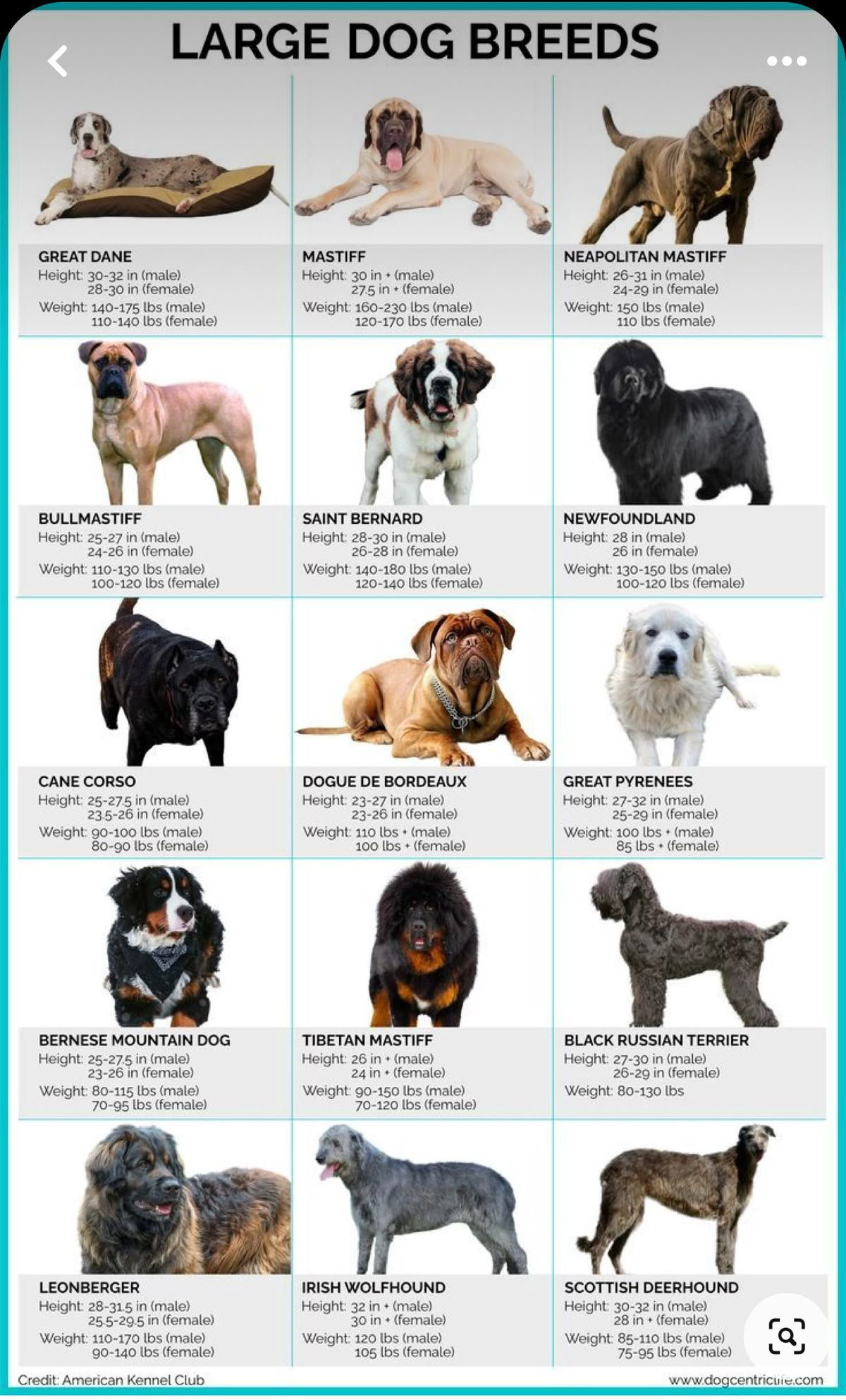

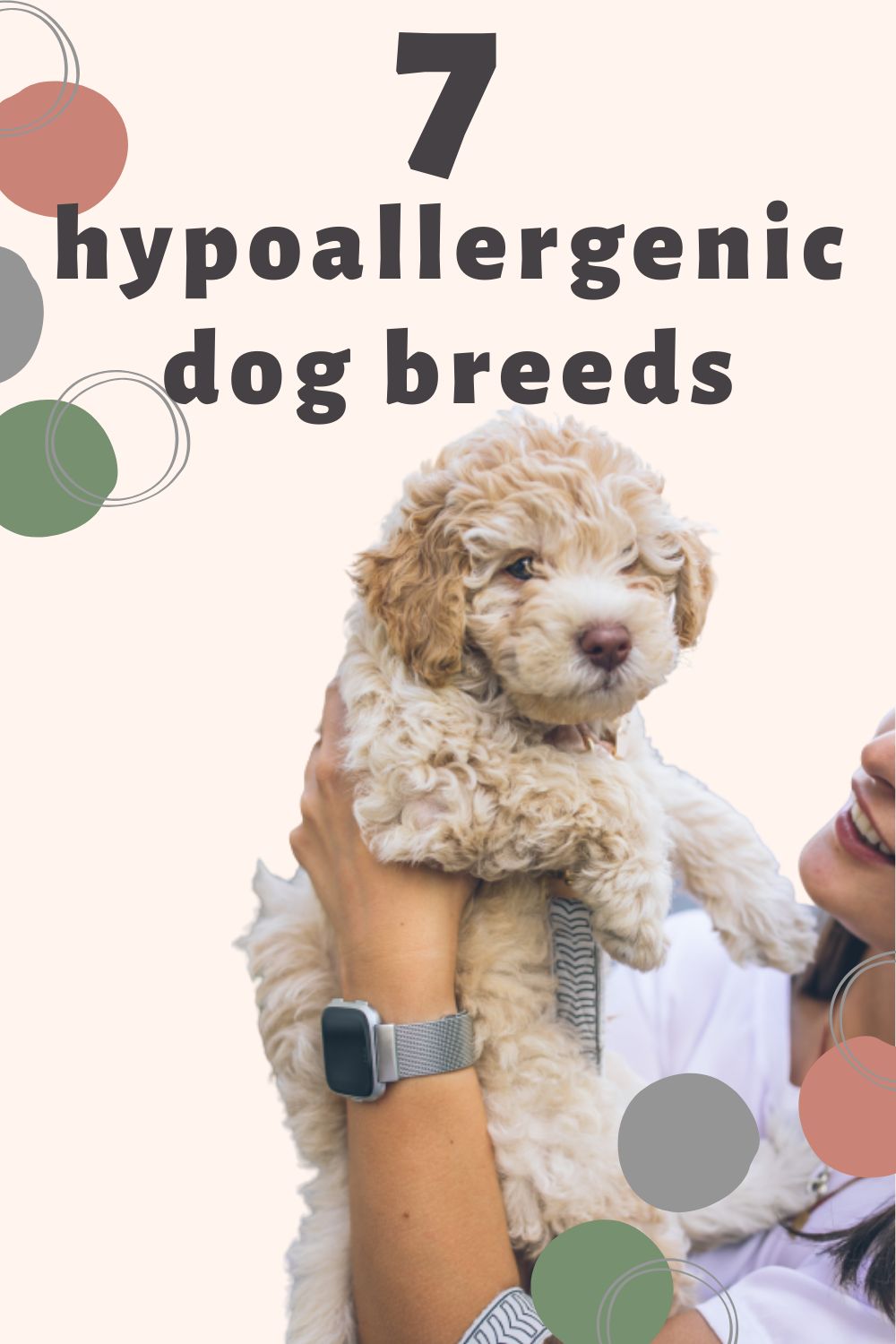




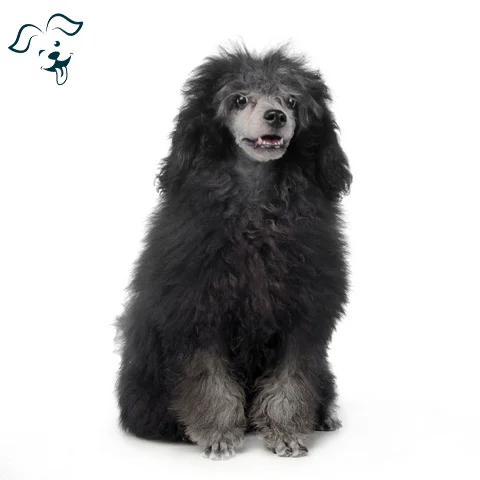

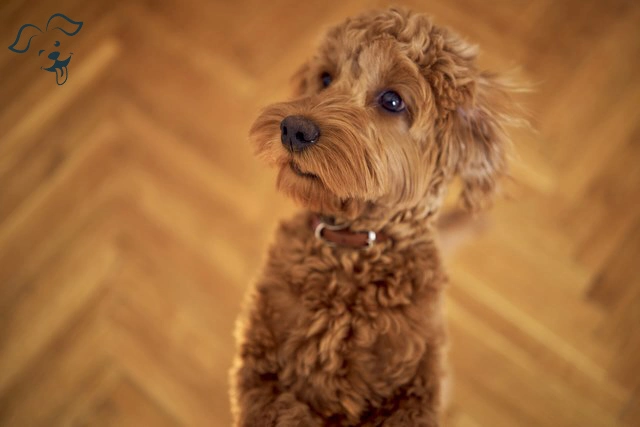
FRIENDLINESS
LIVELINESS
VIGILANCE INTENSITY
ADAPTATION CAPACITY